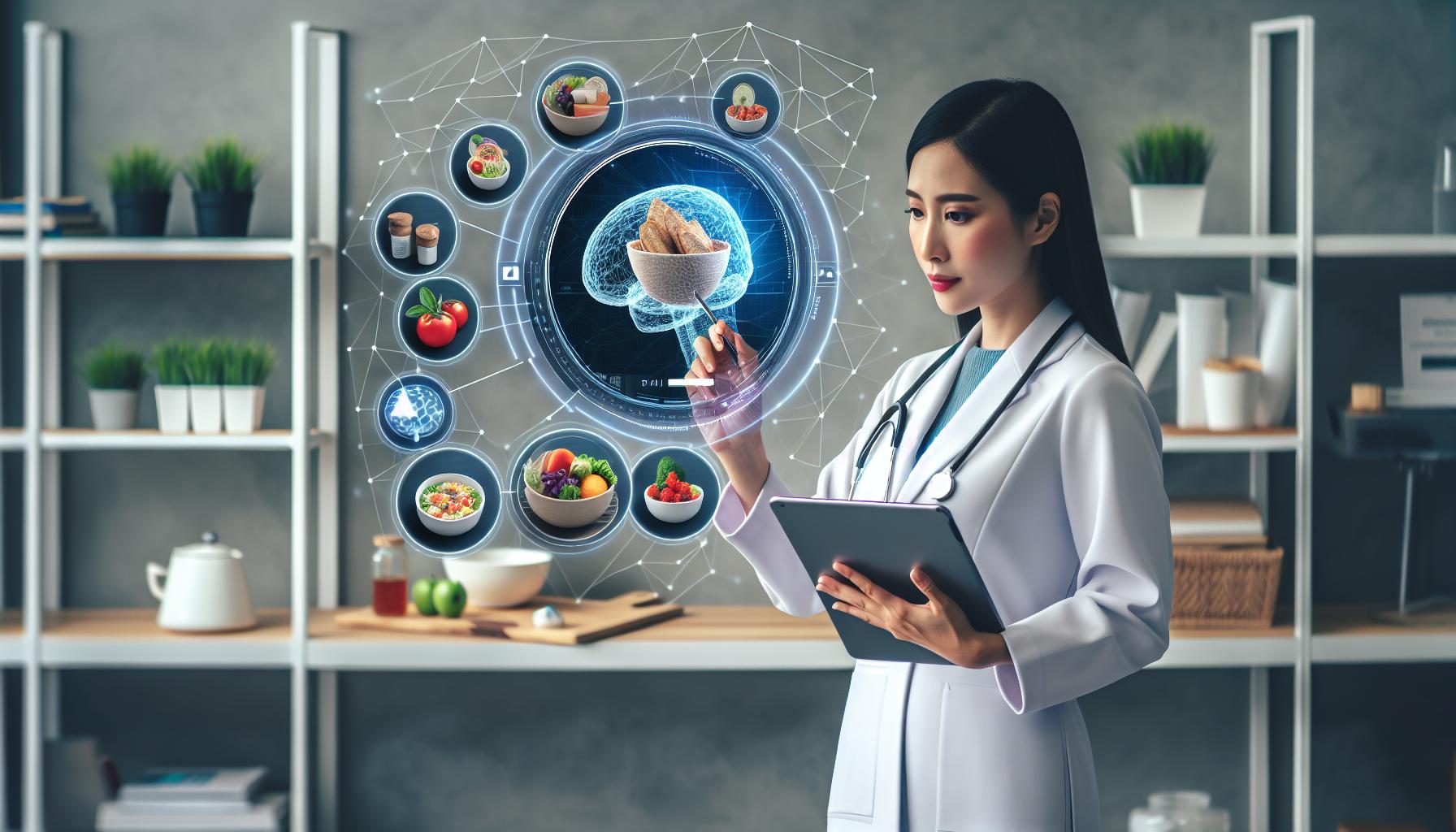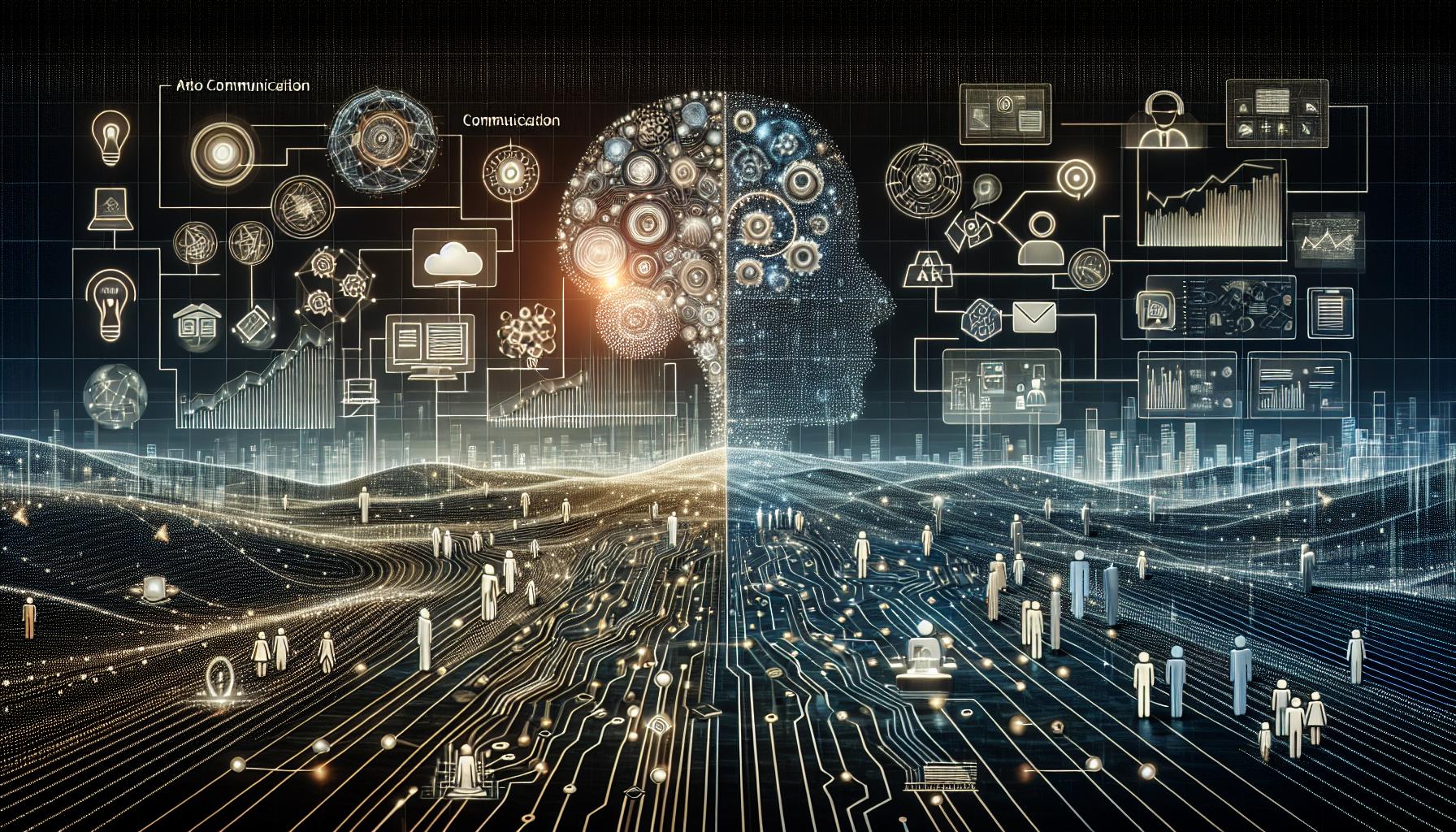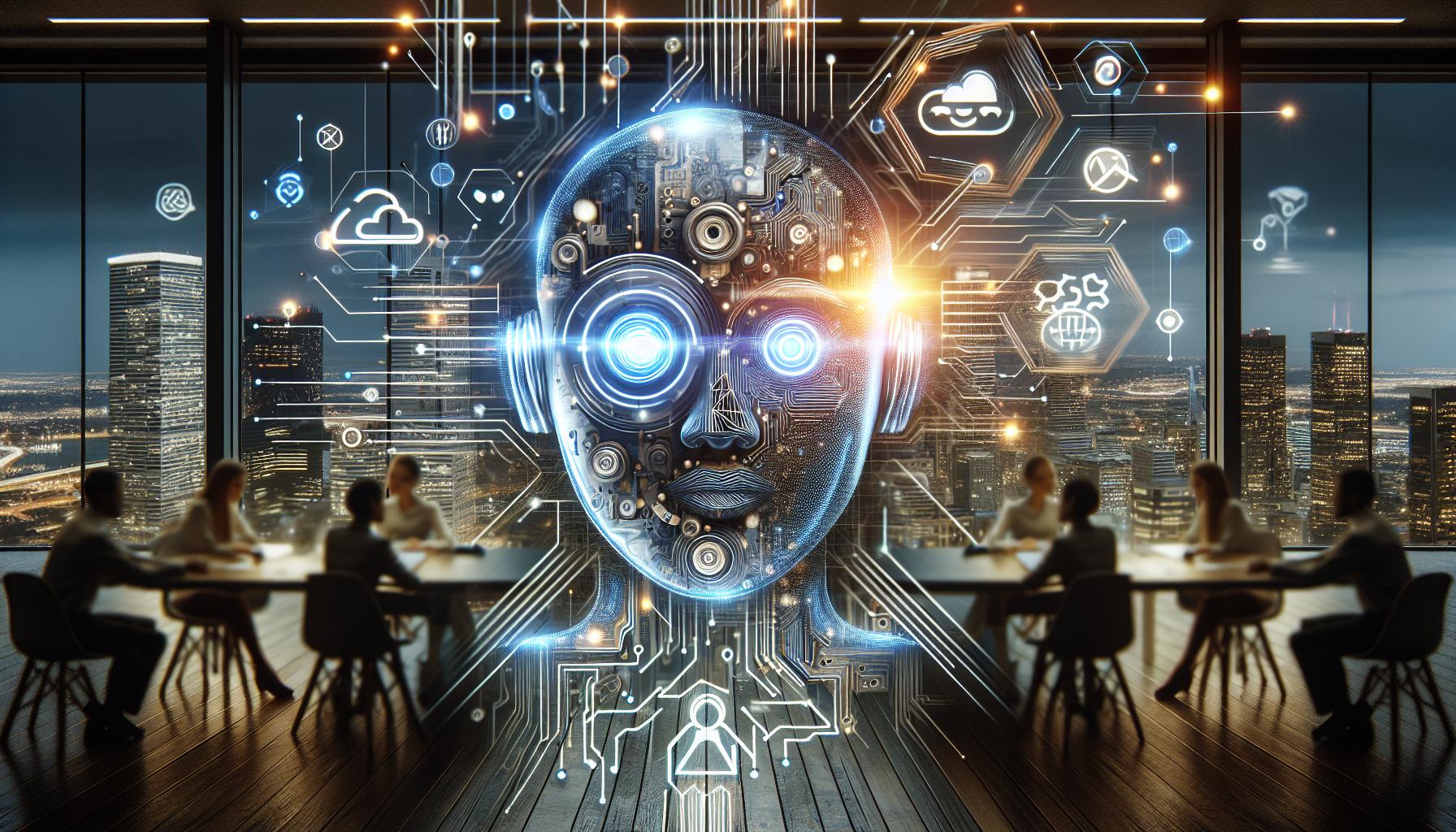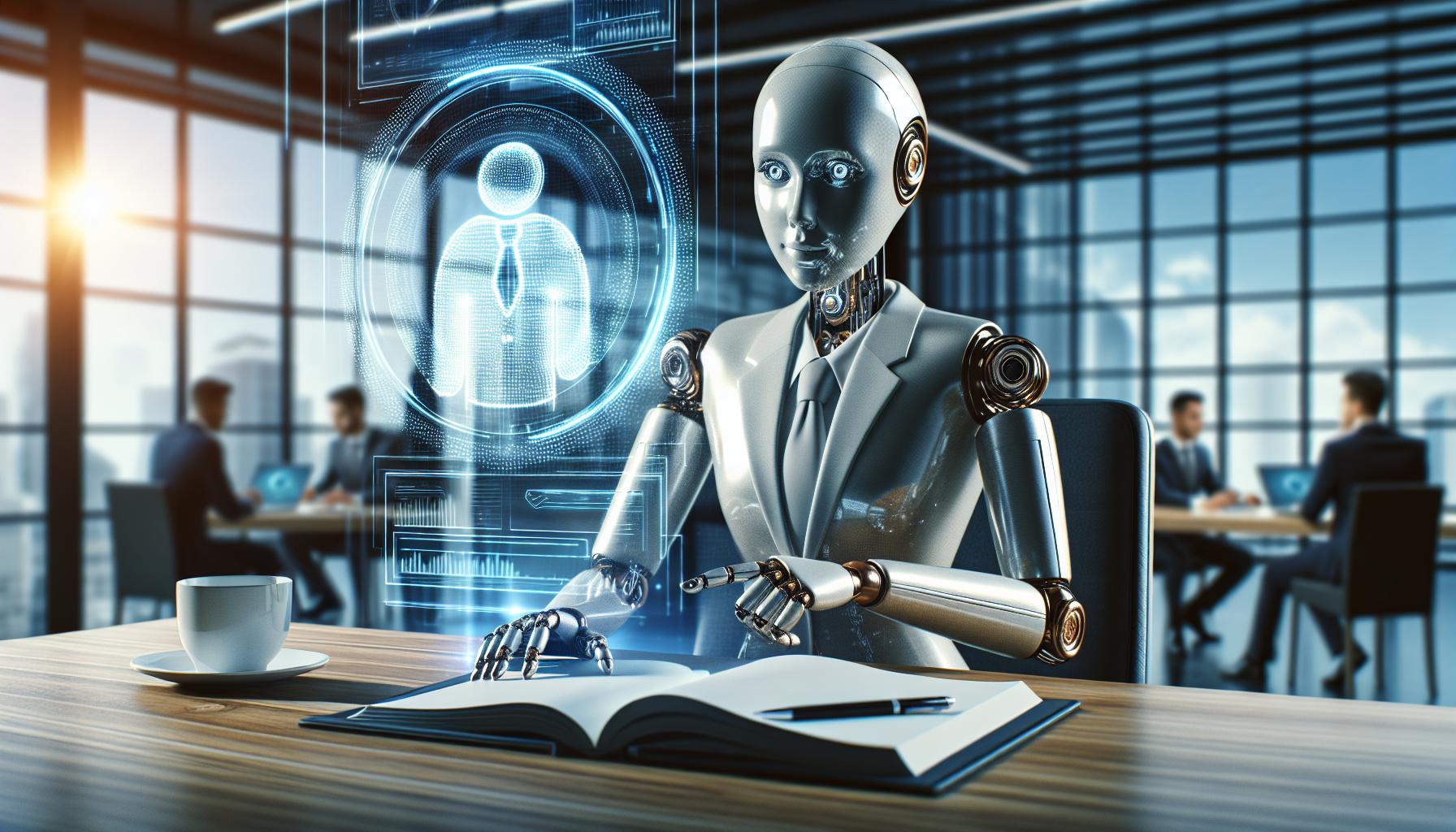Enhancing Diet Planning with AI-Driven Nutrition Analysis

Introduction
Artificial Intelligence (AI) is revolutionizing many sectors, including healthcare and nutrition. For nutritionists, A.I. presents an exciting tool that can significantly enhance the precision and efficiency of dietary assessments. By utilizing AI-driven food recognition technology, nutritionists can now assist their patients more effectively. This blog will explore how A.I. can be integrated into the field of nutrition, specifically through food image analysis to determine caloric and nutrient intake.
The Power of Image Recognition in Diet Analysis
AI-based image recognition technology allows patients to take pictures of their meals, which the A.I. system can analyze to provide detailed information about the food's nutritional content. Here's how it works:
Image Capture
Patients use their smartphones to take photos of their meals. The A.I. leverages advanced algorithms to identify the types of food in the image accurately.
Caloric and Nutritional Analysis
Once the food items are identified, the A.I. estimates the portion sizes and compares them with a comprehensive nutritional database. This allows the system to calculate the total calorie count and the nutrients contained in the meal, such as carbohydrates, proteins, fats, vitamins, and minerals.
Continuous Monitoring
Over time, patients can build a comprehensive log of their dietary habits by regularly taking pictures of their meals. This data helps create an accurate and dynamic profile of their nutritional intake.
Benefits for Nutritionists
Accurate Dietary Assessments
Traditional methods of dietary assessment, such as food diaries and recall questionnaires, are often fraught with inaccuracies. Patients might forget what they ate, underestimate portion sizes, or provide biased responses. A.I. eliminates these issues by providing objective and precise dietary data derived from images.
Time Efficiency
Nutritionists often spend considerable time evaluating patients' dietary habits. A.I. streamlines this process by offering instant analysis, saving time that can be redirected to other critical aspects of patient care.
Personalized Diet Plans
With a wealth of precise dietary data, nutritionists can develop more personalized and effective diet plans. They can identify nutritional deficiencies or excesses more easily and tailor interventions to meet individual health needs.
Enhanced Patient Engagement
Patients are more likely to engage with modern, tech-savvy approaches. Using a simple, intuitive method like photographing meals can encourage patients to stick to their dietary plans and be more proactive in managing their nutrition.
Long-term Monitoring
Continuous data collection through A.I. enables long-term monitoring of dietary habits, which is crucial for managing chronic health conditions such as diabetes, cardiovascular diseases, and obesity.
AI Beyond Food Recognition
Predictive Analytics
AI can analyze trends and patterns in dietary data to predict health outcomes. For instance, it can forecast the risk of developing nutritional deficiencies or diet-related illnesses, enabling preventive interventions.
Virtual Assistants
AI-powered virtual assistants can provide patients with real-time dietary advice and reminders, promote healthier eating habits, and ensure adherence to nutritional plans.
Recipe Recommendations
Based on individual dietary needs and preferences, A.I. can suggest recipes that align with health goals while ensuring nutritional adequacy.
Challenges and Considerations
While the benefits of A.I. in nutrition are numerous, it's essential to consider potential challenges. Ensuring the accuracy and reliability of A.I. systems is crucial, as any misidentification of food items can lead to inaccurate dietary assessments. Privacy concerns must also be addressed, as patients' meal photos constitute personal health data. Nutritionists and professionals should ensure compliance with data protection regulations and maintain transparency with patients about data usage policies.
The Future of A.I. in Nutrition
As A.I. technology continues to evolve, its integration into nutritional practice will likely become more sophisticated, bridging the gap between technology and personalized healthcare. For nutritionists, embracing AI-driven tools means harnessing the power to provide better, more informed care, ultimately improving patient outcomes and advancing the field of nutrition. Collaboration between A.I. developers, nutritionists, and regulatory bodies will be vital in setting standards and guidelines for A.I. use in this domain, ensuring safety, efficacy, and ethical considerations are upheld.
Conclusion
AI stands as a transformative tool in the realm of nutrition, offering unparalleled accuracy and efficiency in dietary assessments. By allowing patients to document their food intake through images, A.I. provides detailed insights into their nutritional consumption, thus equipping nutritionists with the data they need to offer personalized and effective dietary guidance. Moreover, the continuous and dynamic nature of AI-driven data collection opens new avenues for long-term health monitoring and proactive healthcare.
For nutritionists, the adoption of A.I. technologies represents a significant advancement in dietary management and patient care. By integrating A.I. tools into their practice, nutritionists can leverage precise data to create tailored dietary plans, engage patients more effectively, and contribute to proactive health management. As the field of A.I. in nutrition continues to progress, its potential to revolutionize dietary assessments and interventions remains promising, paving the way for a healthier future.




